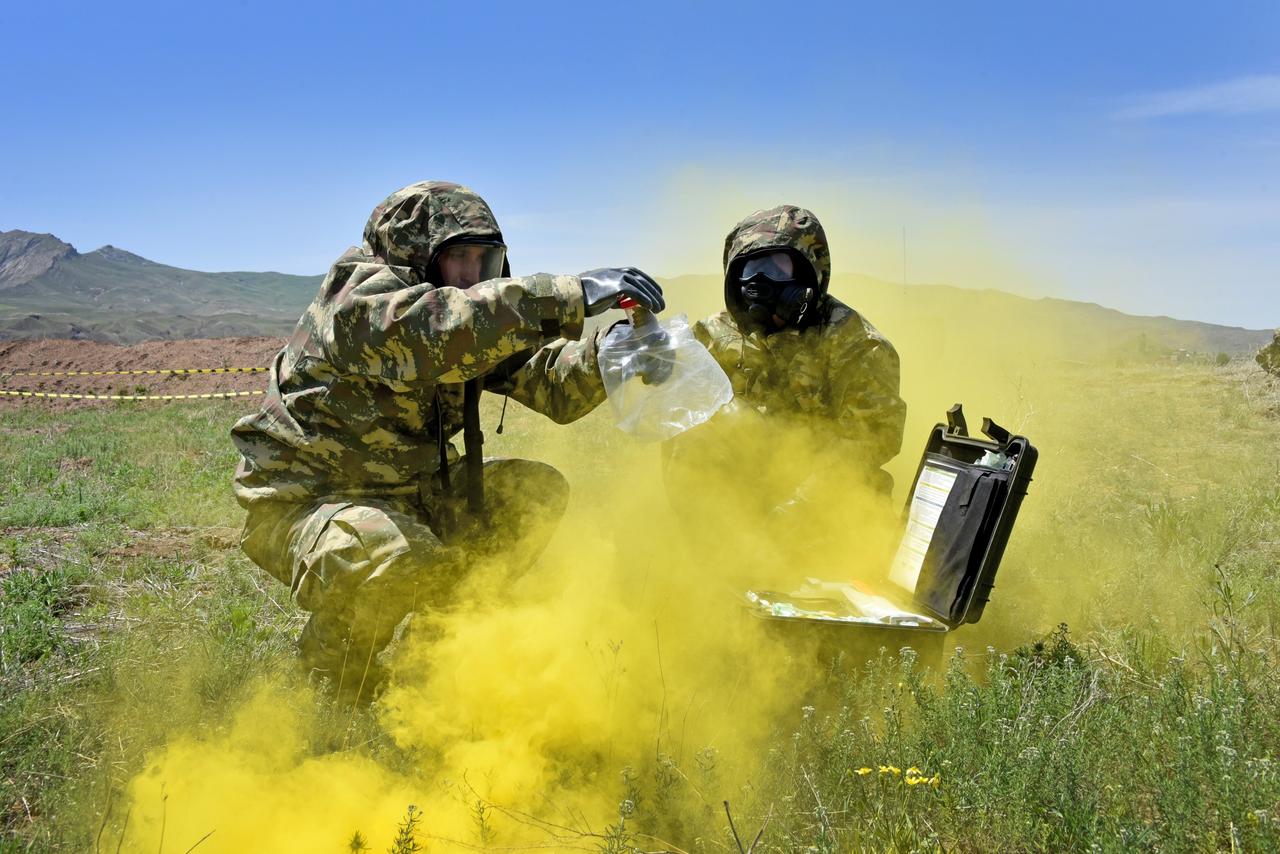
Following U.S. strikes on Iranian nuclear facilities, experts say the probability of large-scale nuclear leakage under current conditions is low, though they warn of potential risks depending on the type of facility targeted.
The International Atomic Energy Agency (IAEA) announced that no increase in radiation levels outside the Fordow facility has been reported. Saudi Arabia also announced there was no increase in radiation levels.
IAEA Director General Rafael Grossi announced he had called the Board of Governors to an extraordinary meeting on Monday. .

Speaking to BBC Turkish Nuclear Expert Professor Dr. Iskender Atilla Reyhancan from Istanbul Technical University (ITU) Energy Institute emphasizes that the nuclear facilities targeted by Israel and the U.S. are not energy-producing power plants but uranium enrichment facilities.
"Nuclear facilities are generally designed and manufactured to be protected against all external effects that may come from aircraft crashes, bombing, or accidents. Since there is no fission event occurring inside, there may only be enriched uranium material that could be released," Reyhancan explained.
"In this case, there would be a local situation that could affect that region. In such a situation, I do not foresee Türkiye being affected."
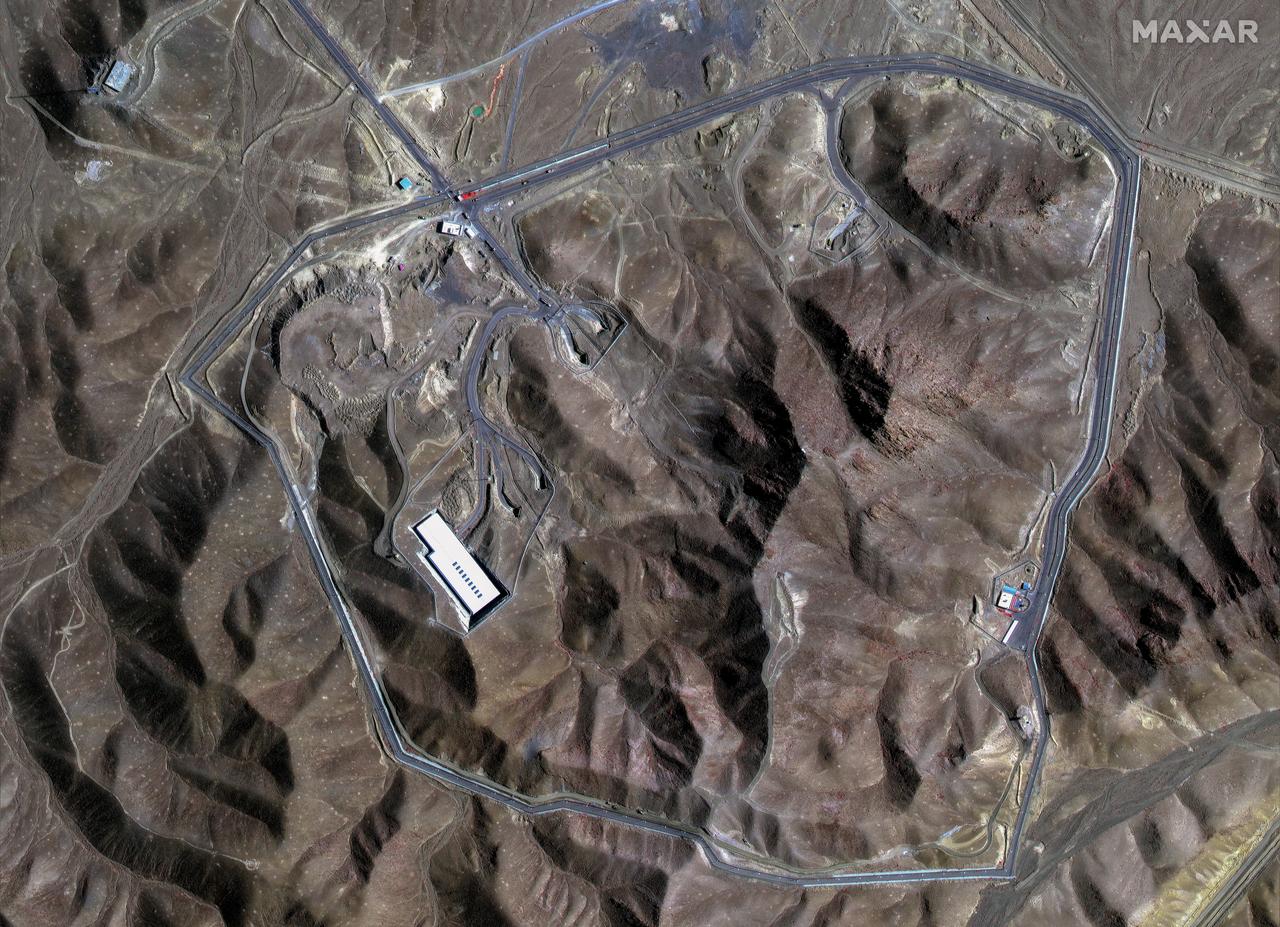
Professor Dr. Haluk Yucel, Director of Ankara University Nuclear Sciences Institute, explains the radioactive danger that could emerge from facilities like Natanz where uranium enrichment work is carried out: "Uranium hexafluoride gas that could be released during the strike on uranium enrichment facilities poses a risk. This substance we call UF6 is a radiotoxic gas. It is chemically a corrosive gas."
Yucel says UF6 is a gas that damages eyes, skin, lungs and kidneys. This gas is colorless and odorless, but emits a sharp odor when its concentration in the air increases.
"When it comes into contact with air, it contacts the moisture in the air and becomes hydrofluoric acid. This is an aggressive, irritating, corrosive gas. Even a very small amount of this causes damage to the lungs, kidneys and respiratory systems over time," Yucel explained.
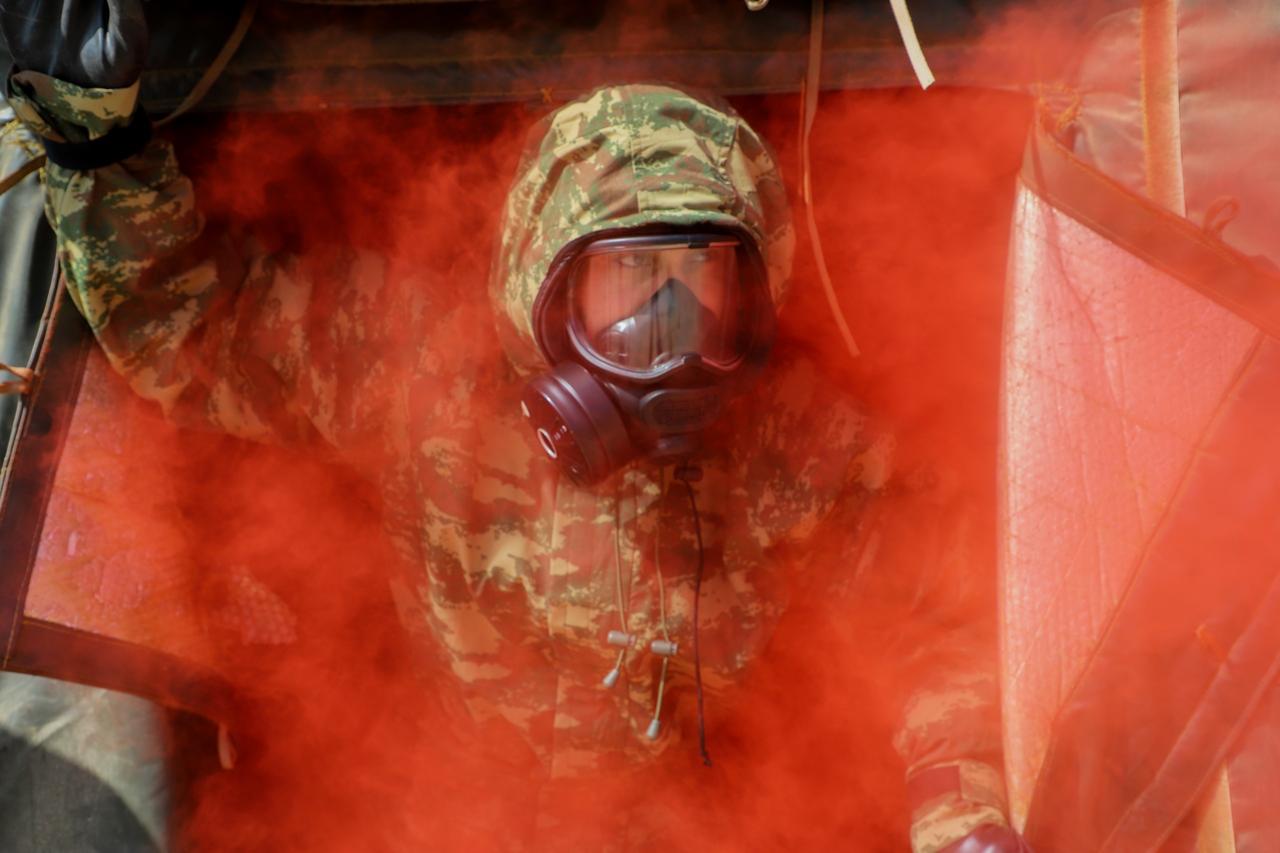
Türkiye's responsibility for possible radioactive leakage and nuclear disasters lies with the Interior Ministry Disaster and Emergency Management Authority (AFAD) and the Nuclear Regulatory Authority (NDK) associated with the Ministry of Energy and Natural Resources.
NDK regularly measures radiation throughout Türkiye through a system called the Radiation Monitoring and Warning System Network (RADISA). According to information on the institution's website, there are a total of 239 RADISA stations throughout Türkiye.
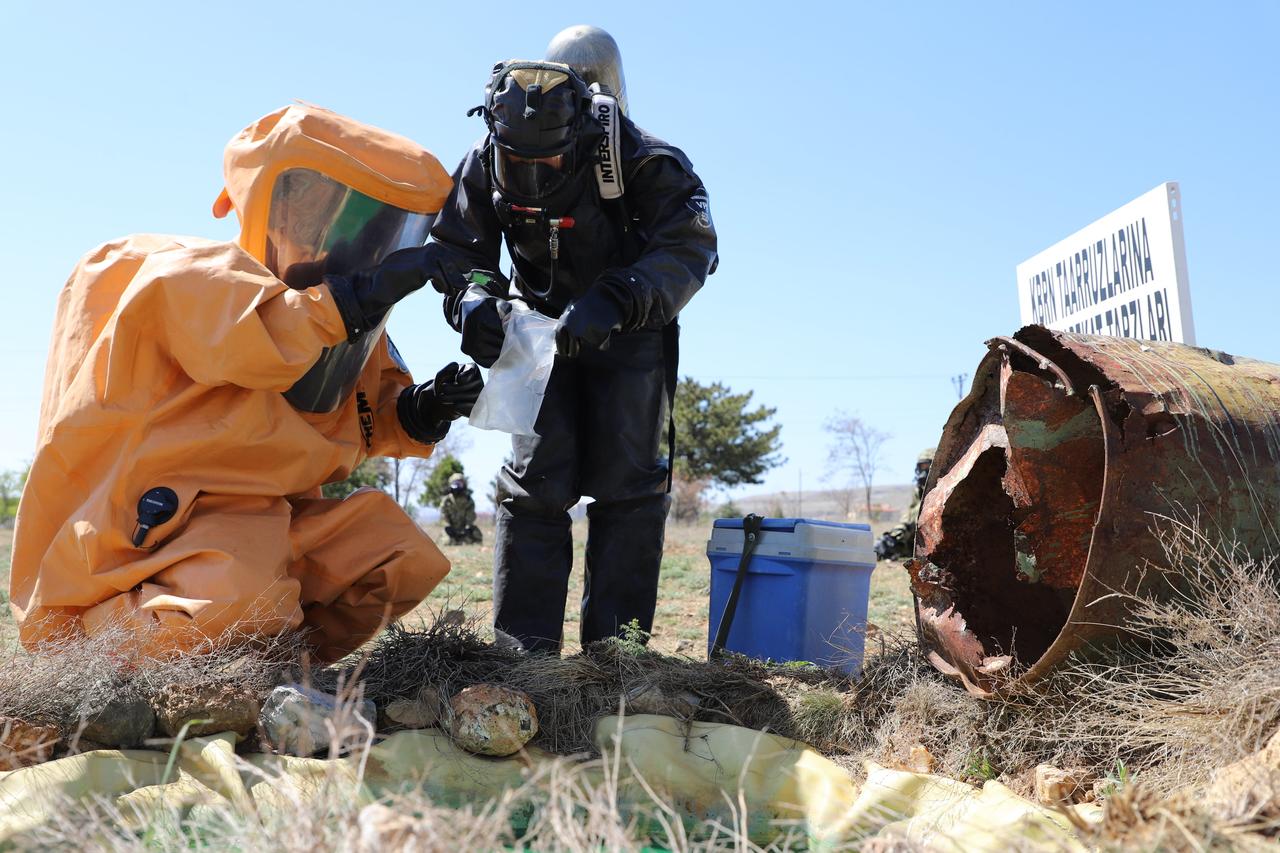
In case of an increase in radiation levels, AFAD's National Radiation Emergency Plan (URAP) comes into effect. This plan details which institution will act how in case of nuclear leakage, who will be responsible and how necessary measures will be taken.
Professor Dr. Haluk Yucel explains the measures to be taken in case of radiation leakage: "One hundred percent protection is not possible. Our greatest wish is that such a disaster does not happen, but when such a disaster occurs, especially when a reactor is hit, NDK has radioactive iodine tablets."
"These tablets are distributed to people at the border at least. Some filters that hold chemical gases are distributed."
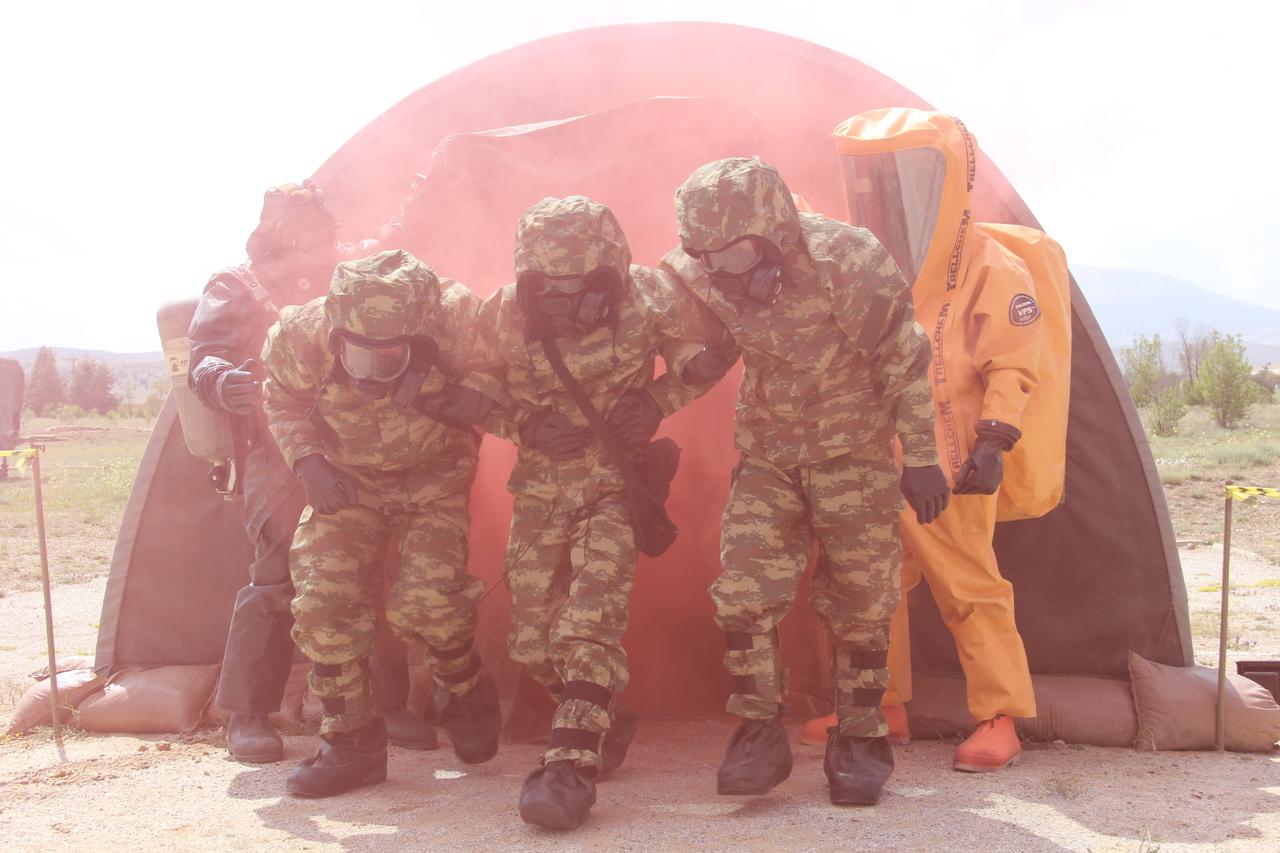
Iran Red Crescent President Pir Hussein Kulivend stated that no radiation was encountered in today's attacks on nuclear facilities and 11 people were injured.
Speaking to state television about the situation at nuclear facilities attacked by the U.S. and Israel, Kulivend said no radiation was encountered at the nuclear facilities where the attacks took place.
Kulivend reported that no one was killed in the attacks and 7 of the 11 injured people were discharged.
Qatar announced that radiation levels are normal throughout the country.
The Qatar Ministry of Environment and Climate Change stated that measurements carried out through the National Radiation Monitoring and Early Warning Network operating throughout the country detected no unusual radiation levels in air and sea water.
Russian State Nuclear Energy Corporation Rosatom Director General Alexey Likhachev announced that U.S. attacks did not affect Iran's Bushehr Nuclear Power Plant.
Likhachev stated that the situation at the Bushehr Nuclear Power Plant site was "calm" and said: "Last night's attacks did not affect this part of Iranian territory."
Emphasizing that they are closely monitoring developments, Likhachev said: "We are ready to immediately start the evacuation process if there is a threat to our personnel involved in the construction of two nuclear power plants. As a first step, we plan to evacuate women and children."

The International Atomic Energy Agency stated on June 21 that the facilities targeted by the U.S. contained no nuclear material or low levels of natural or lightly enriched uranium.
The statement used the phrase: "So radioactive contamination is limited to damaged or destroyed buildings."
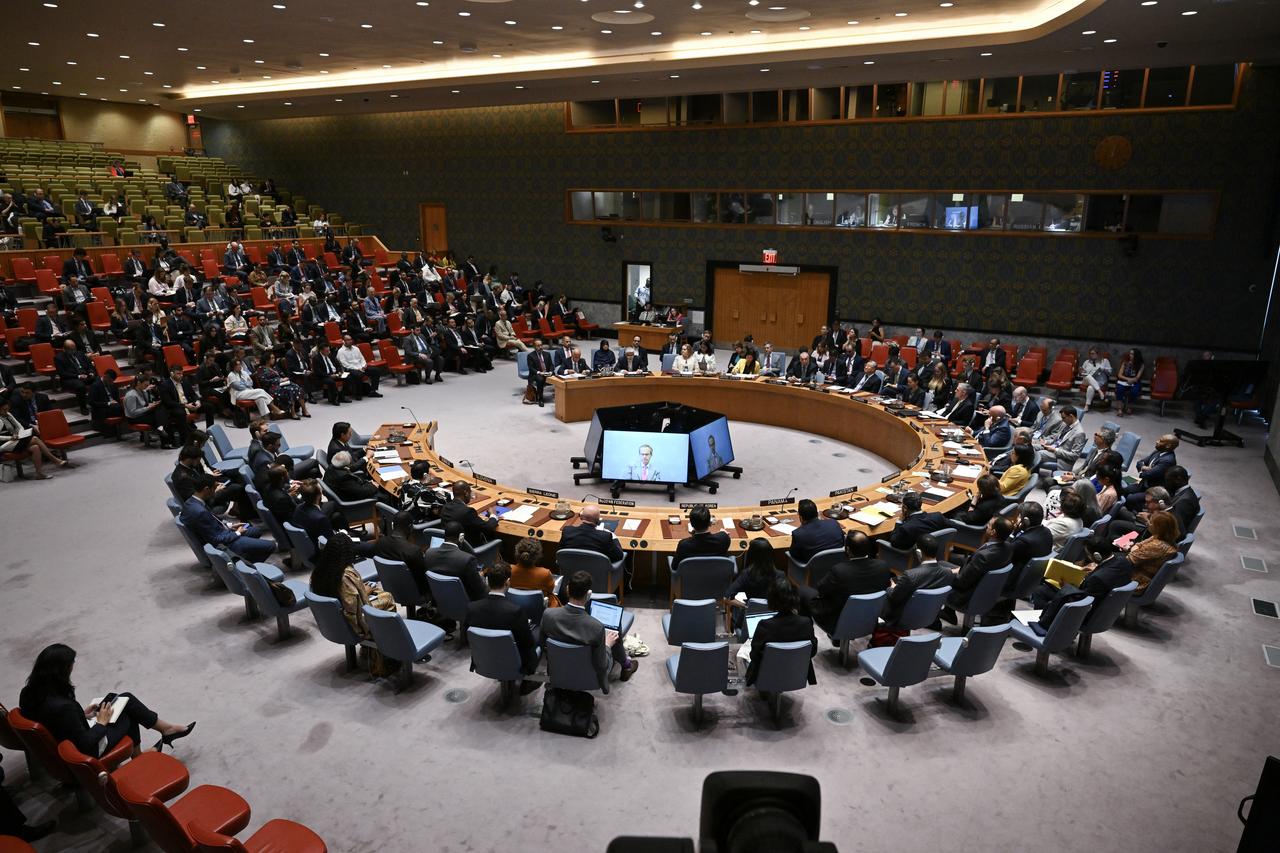
Professor Dr. Reyhancan emphasizes that RADISA is connected to European Union (EU) and International Atomic Energy Agency systems and is a system that makes "continuously monitored measurements in seconds periods."
"There is no need for excessive panic. Because the reflection of such a thing will be international, it will not be very easy for countries to get out of it. That's why I don't think there will be a very big event there," Reyhancan concluded.